Buy The dance of the bride, Pieter Bruegel the Elder as a reproduction on canvas, ArtFrame, poster and wallpaper, printed on demand in high quality.
About "The dance of the bride, Pieter Bruegel the Elder"
About the artwork
The dance of the bride is an old copy after Pieter Bruegel I ((Breda) 1526/ 1530 - Brussels 1569).
Early on, makers of tide books used peasants to indicate the progress of the year. Working peasants, who performed other activities at other times of the year, showed how the world worked. It was structured as a feudal class society and consisted of those who were the nobility who fought, the clergy who prayed and the peasants who worked. The oldest depictions show hard-working peasants. From the mid-16th century, however, more and more scenes appear in which they relax. Many of these representations go back to examples by Pieter Brueghel I. The partying, sinning and languid peasants went completely against contemporary morals that glorified a devout, civilised and industrious life. The distinguished citizens built their status themselves and depended on it. They could therefore quickly lose that respect. The peasants, however, had nothing to lose and indulged in licentious behaviour, so The Dance of the Bride shows the peasants letting themselves go completely wild. They are engaged in a wild dance, which is nothing like the stiff dances of rich bourgeois. These danced indoors in line, keeping arms and legs pressed against the body. Even the education always insisted on controlling one's movements. Losing control of one's body was out of the question, especially in public. There
Old Master collections
Discover more Old Masters in the following collections:
 Netherlands
Netherlands Ordered in March 2024
Ordered in March 2024
 Germany
Germany Ordered in May 2022
Ordered in May 2022
 Germany
Germany Ordered in July 2019
Ordered in July 2019
 Germany
Germany Ordered in May 2024
Ordered in May 2024
 Netherlands
Netherlands Ordered in June 2020
Ordered in June 2020
 Netherlands
Netherlands Ordered in August 2018
Ordered in August 2018
 Netherlands
Netherlands Ordered in August 2017
Ordered in August 2017
 Germany
Germany Ordered in June 2019
Ordered in June 2019
 Germany
Germany Ordered in March 2019
Ordered in March 2019
 Germany
Germany Ordered in February 2020
Ordered in February 2020
 Netherlands
Netherlands Ordered in December 2023
Ordered in December 2023
 Netherlands
Netherlands Ordered in October 2022
Ordered in October 2022
About the material
ArtFrame™
Interchangeable Art Prints
- High-quality print
- Easily interchangeable
- Acoustic function
- Large sizes available
Discover the Old Masters collection
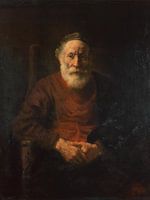 Portrait of an old man in red, Rembrandt
Portrait of an old man in red, Rembrandt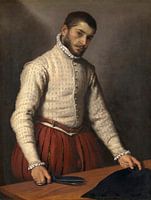 The Tailor, Giovanni Battista Moroni
The Tailor, Giovanni Battista Moroni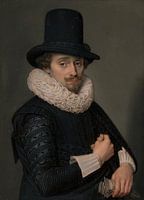 Self-portrait, Adriaen van de Venne
Self-portrait, Adriaen van de Venne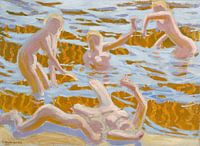 Oceanides, Akseli Gallen-Kallela
Oceanides, Akseli Gallen-Kallela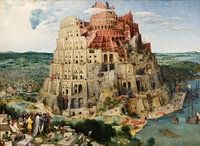 The Tower of Babel, Pieter Bruegel
The Tower of Babel, Pieter Bruegel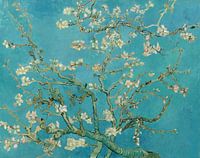 Almond blossom painting by Vincent van Gogh
Almond blossom painting by Vincent van Gogh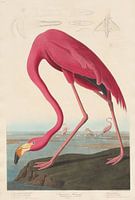 American Flamingo, original
American Flamingo, original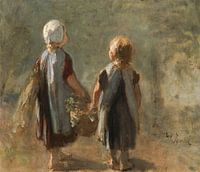 Two little girls carrying a basket - Jozef Israels
Two little girls carrying a basket - Jozef Israels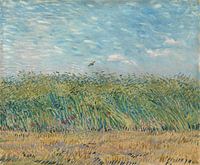 Vincent van Gogh, Cornfield with partridge
Vincent van Gogh, Cornfield with partridge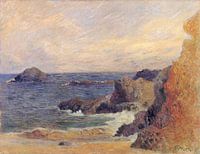 Rocks by the sea, Paul Gauguin - 1886
Rocks by the sea, Paul Gauguin - 1886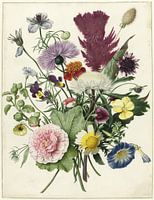 Bouquet of flowers on white background (seen at VT Wonen)
Bouquet of flowers on white background (seen at VT Wonen)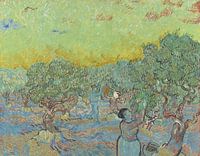 Olive grove with two olive pickers, Vincent van Gogh
Olive grove with two olive pickers, Vincent van Gogh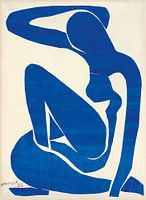 Henri Matisse. Blue nude
Henri Matisse. Blue nude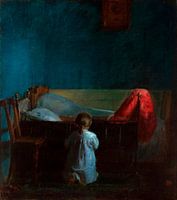 Evening prayers, Anna Ancher
Evening prayers, Anna Ancher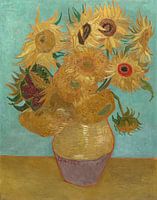 Vincent van Gogh. Sunflowers
Vincent van Gogh. Sunflowers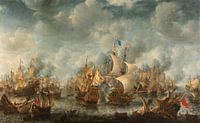 Battle of Terheide, Jan Abrahamsz. Beerstraten
Battle of Terheide, Jan Abrahamsz. Beerstraten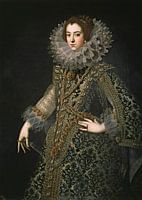 Queen Elizabeth of Bourbon
Queen Elizabeth of Bourbon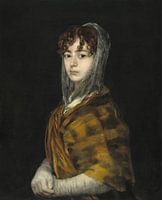 Francisca Sabasa y Garcia - Portrait woman old master of Francisco Goya
Francisca Sabasa y Garcia - Portrait woman old master of Francisco Goya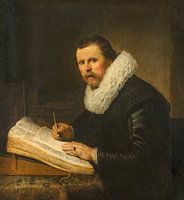 Portrait of a man with collar, Rembrandt
Portrait of a man with collar, Rembrandt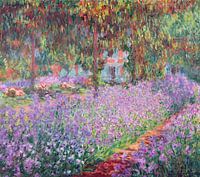 The Artist's Garden at Giverny, Claude Monet
The Artist's Garden at Giverny, Claude Monet
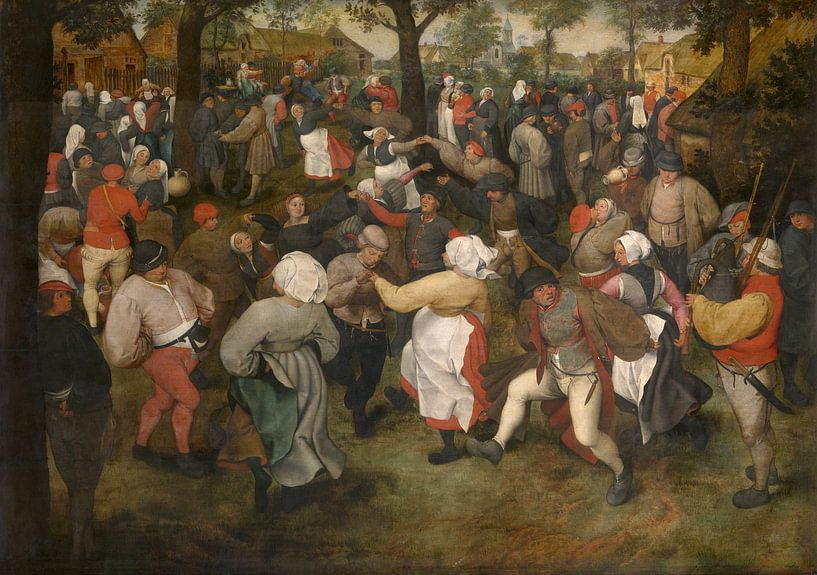
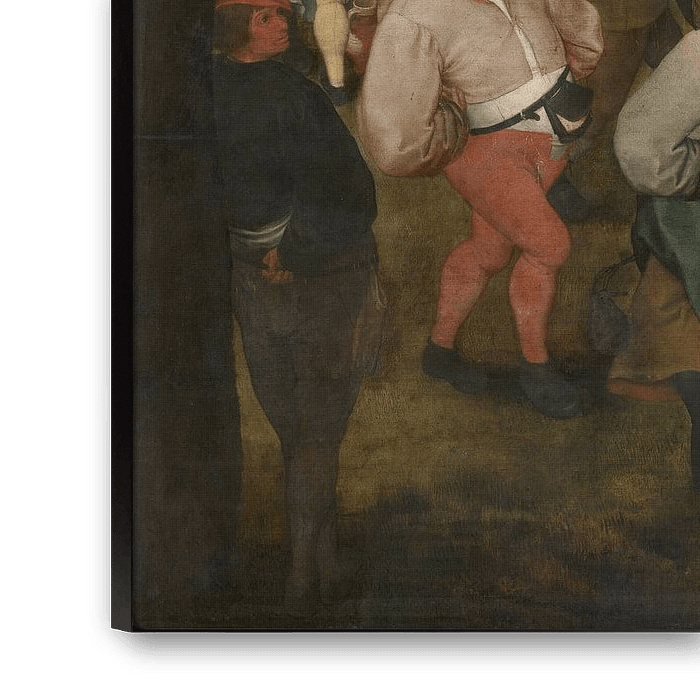

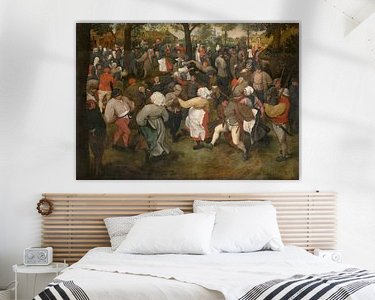



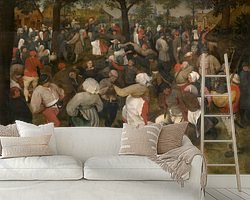
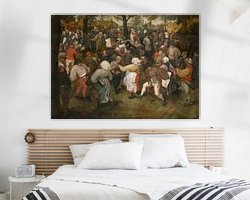
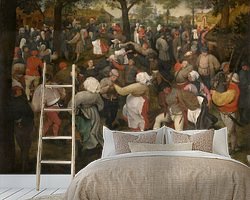

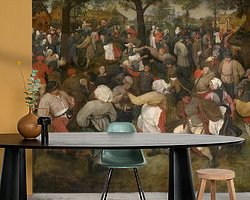
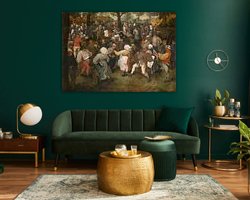
 Impressionism
Impressionism Joyful Moments
Joyful Moments Old masters
Old masters









